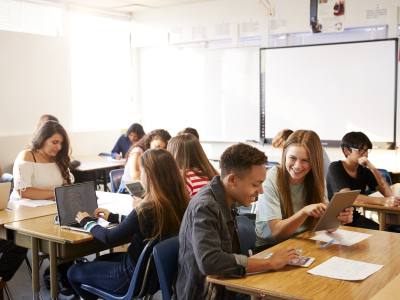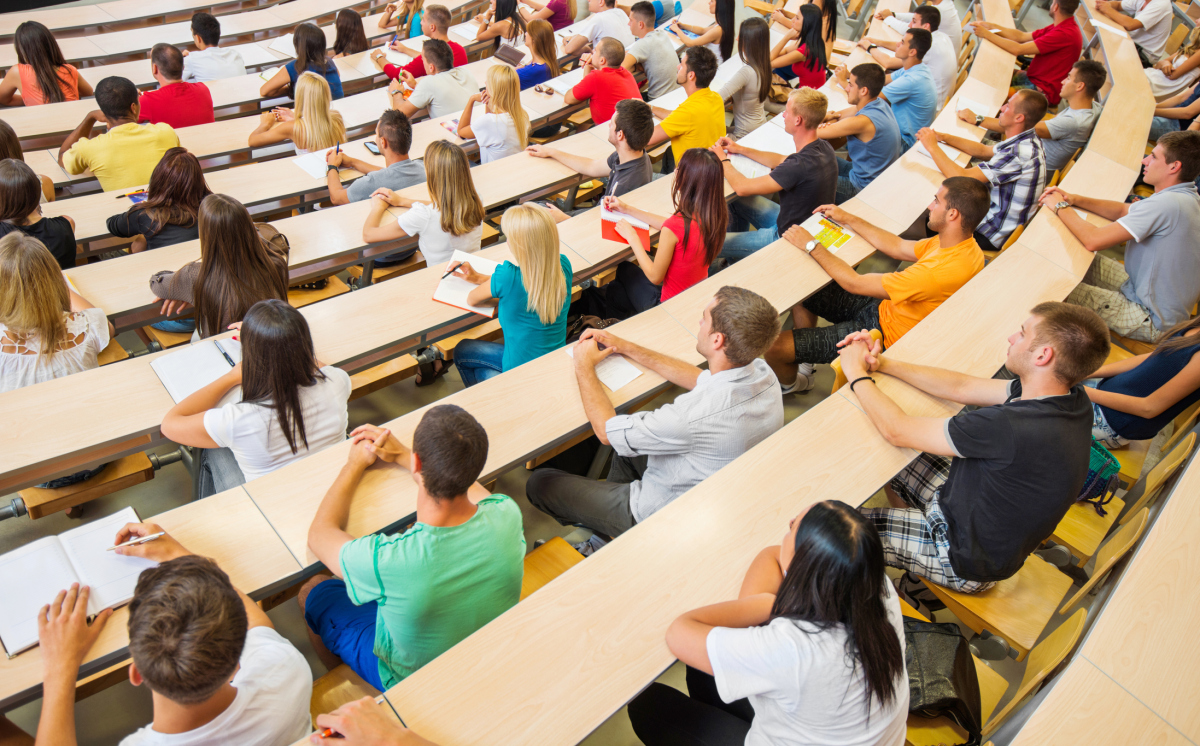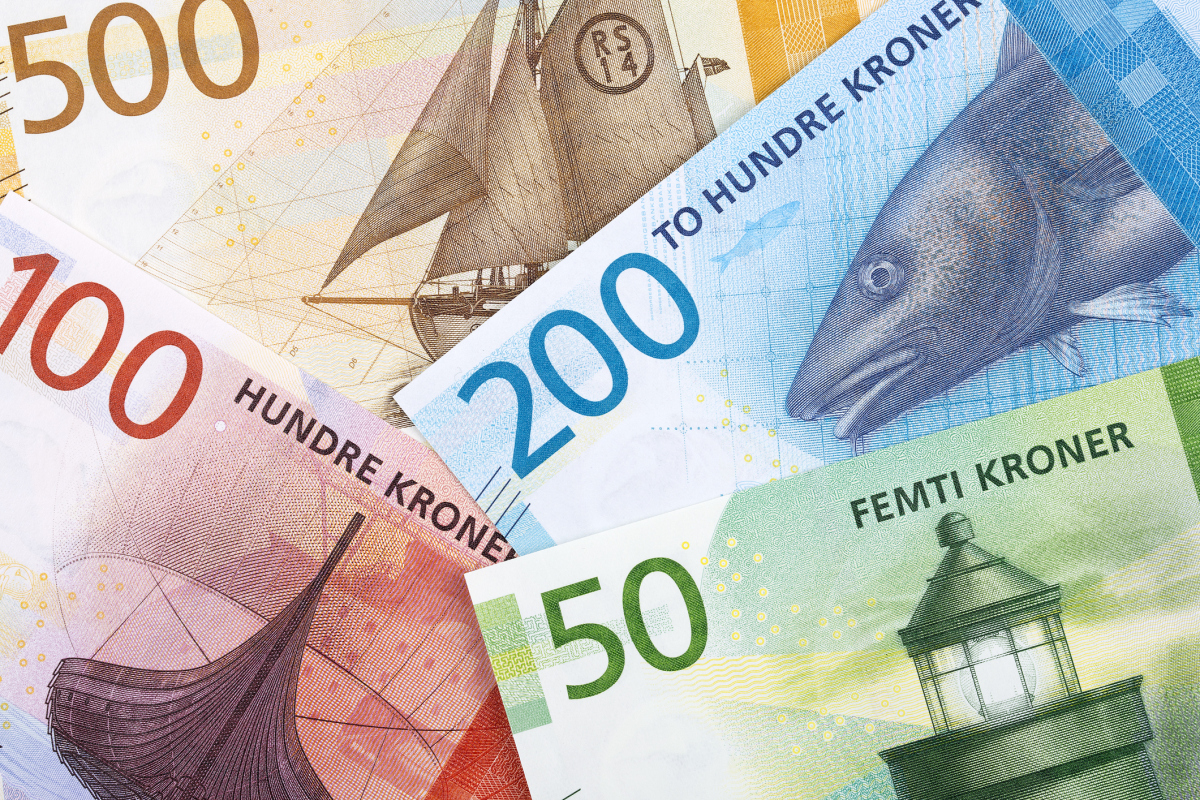Upper secondary school and higher education

Watch the film
Upper secondary school

Most occupations require upper secondary or higher education. Most young people therefore choose to continue their education after lower secondary school.
- Pupils who have completed primary and lower secondary school are entitled to a place at upper secondary school.
- The right to upper secondary education lasts until the pupil has achieved the Higher Education Entrance Qualification or prior learning and work experience.
- Public upper secondary schools are free.
- Pupils choose between general studies and vocational programmes.
- Pupils must apply online for a place at upper secondary school before 1 March.
- The grades they received in grade 10 determine which upper secondary school they can go to.
- There are some private upper secondary schools. Pupils who go to a private school have to pay a charge.
Vocational programme: Pupils gain a practical education and receive a craft certificate when they complete their education. Examples of practical education programmes include carpenter, hairdresser, health worker and car mechanic programmes.
General studies programme: Pupils gain a theoretical education. Pupils with a certificate from a general studies programme can apply for admission to a university or university college.
Online


Source: Statistics Norway
Higher education

A modern welfare society depends on a high employment rate, technology, production and innovation. Norway therefore needs a highly educated population. The public authorities help to ensure this, for example by offering equal access to education for everybody.
About 42% of adults in Norway have higher education. More and more young people take higher education, and the level of education in Norway is rising steadily. Women currently make up more than 60% of students and have a slightly higher level of education than men. A higher proportion of Norwegian-born persons with immigrant parents take higher education than in the population as a whole.
Everyone who has achieved the Higher Education Entrance Qualification from upper secondary school can apply for a place at a university or university college.
- Universities and public university colleges are free, but students have to pay for their books.
- The Norwegian Universities and Colleges Admission Service manages admissions on behalf of universities and university colleges. Information about application deadlines can be found on its website.
Online
The Norwegian State Educational Loan Fund

Even though universities and university college tuition is free, students need money for other expenses while they study. It is therefore common for students to borrow money from the Norwegian State Educational Loan Fund to pay for rent, food and other necessities. The Norwegian State Educational Loan Fund issues grants and loans to pupils and students in Norway and to Norwegian students studying abroad. This ensures that everyone who wants to take higher education can do so regardless of their gender, age, social situation and their family’s financial situation. Adults can also apply for grants and/or loans for primary and secondary education.
Loans have to be repaid in monthly instalments after the completion of studies. A grant does not have to be repaid, but this is often on the condition that the student has completed their studies and passed the exam.
Talk together

- Both young people and adults who have completed primary and lower secondary school have the right to upper secondary education. What does this tell us about society? What does it tell us about the labour market’s expectations?
- More and more people in Norwegian society are taking higher education. What does this tell us about expectations of workers and job opportunities in Norway?
- The Norwegian State Educational Loan Fund was established in 1947. Its intention was to enable everyone to take higher education, regardless of their background. The Fund is both a bank and an important part of the welfare state. What do you think of the system?


Select the right answer
What is a vocational programme?
Select the right answer
Are there private upper secondary schools in Norway?
Select the right answer
What percentage of adults in Norway have a higher education?
Select right or wrong
Read the statements. What is right? What is wrong?
Select right or wrong
Read the statements. What is right? What is wrong?
Select the right image
Which image shows a theoretical education?
